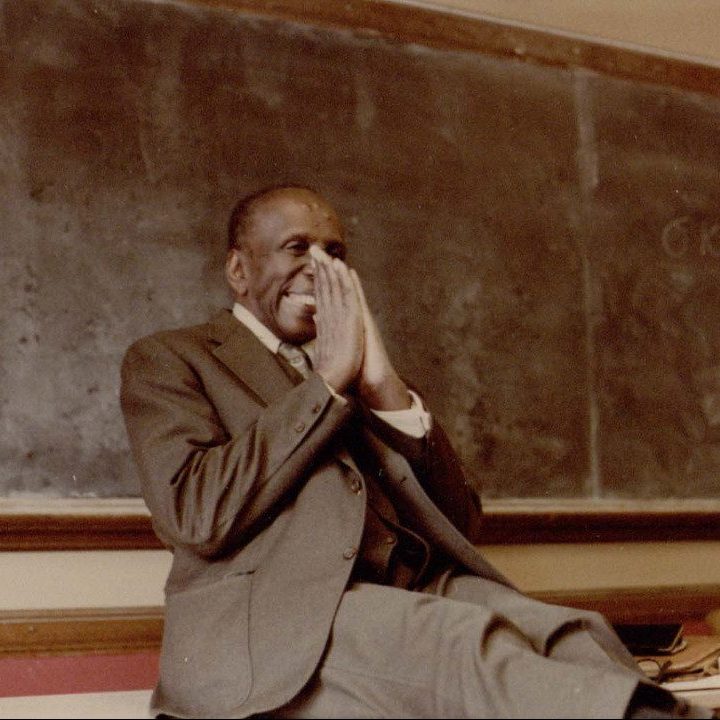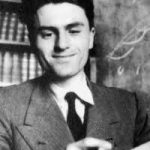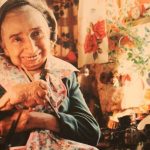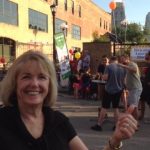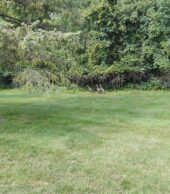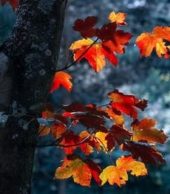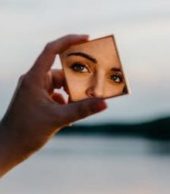This reflection is one fruit of the "Great Conversation" series at the Benedictine Center. Diane Millis facilitated a discussion based on the question "What Am I Learning About Wholehearted Living" and invites you, too, to consider this important question.
Those Willing to Serve and Save the World
36. According to Jewish mystics, that’s the number of people it takes in every generation to keep the world from coming to an end. The mystics say there are 36 humble, righteous, and hidden persons whose exemplary willingness to serve others can save the world. And they call them Lamed Vav (lamed vav are the Hebrew letters for the numbers thirty and six).
I believe there are far more than 36 Lamed Vav in our midst. My conviction grew after facilitating a great conversation at the Benedictine Center earlier this month. During our time together, we investigated exemplars of wholeheartedness—those whose lives have been broken open in response to suffering and yet find a way to live anew. As one participant concluded at the close of our conversation, “there are far more people out there living wholehearted lives, I just need to pay better attention.”
Exemplars of Wholehearted Living
- Howard Thurman (1899–1981)
- Jacques Lusseyran (1924-1971)
- Maud Lewis (1903-1970)
- Rosemary Cooper (Diane Millis’ mother)
Any conversation about Lamed Vav might well begin with a prayer by Howard Thurman entitled, “Give Me the Courage to Live” from Meditations of the Heart.
Howard Thurman (1899–1981)
Thurman is often referred to as one of the greatest preachers of the twentieth century. He served as a spiritual advisor to many in the civil rights movement, including Martin Luther King Jr. He encouraged those he advised to go within before venturing out. Thurman knew that listening to one’s own struggle is challenging for anyone, and especially for victims of oppression. Yet he also knew, from his own experience of deep listening in contemplative prayer, that going within helped him face and discern how to venture out with courage in response to injustice and adversity.
Jacques Lusseyran (1924-1971)
There are other examples of Lamed Vav in our midst. Following the accident that blinded him at the age of eight, Jacques Lusseyran had no choice but to go within. He recounts in his memoir, And There Was Light, that while he could no longer see the light of the world any more, light was still there. And this inner light became his reason for living. Yet, he soon noticed that whenever he was afraid, angry, anxious or impatient, this inner light diminished and that the only way to experience this inner light is to love.
Maud Lewis (1903-1970)
Maud Lewis, too, was among the Lamad Vav. As long as I've got a brush in front of me, I'm alright, she proclaimed. And it was with a brush that Maud expressed the light within her in the midst of the pain she endured due to the severe arthritis she was diagnosed with as a child. Maud lived her entire life within an hour’s drive from her birthplace in Nova Scotia, and her paintings feature the themes she cherished most: flowers, cats, scenes from her neighborhood. She painted on just about anything available: the outside and the inside of her home, including the doors, walls, stairs and windows, along with household objects like dust pans and serving trays. Her story, depicted in the 2017 film Maudie, underscores the role that creativity played in enabling her to live wholeheartedly.
My Own Mother
Lamad Vav are also close to home. When I first read, “Where there is no love, put love, and you will draw out love” – a quote attributed to the Spanish mystic, Saint John of the Cross (1542-1592) – I immediately thought of my mother, Rosemary Cooper. Like Jacques and Maud, her childhood was punctuated with an unexpected trial: polio. As a little girl, she spent over a month in isolation in a hospital room and thanks to the ministry of Sister Kenny eventually regained her ability to walk. Years later, she faced another unexpected trial when my father asked her for a divorce.
Rather than resorting to self-pity, my mother went back to school, began to work full time as a registered nurse, raised three daughters, and served as a caregiver for her aging father until his death. My mother turns eighty this month, and her wholehearted way of living models for me a remarkable capacity to keep choosing to put love whenever and wherever you can.
What are our exemplars teaching us about wholehearted living?
Going within before venturing out, noticing the inner light of love in the midst of darkness, conveying love through creative expression, and choosing to put love where you stand are some of the lessons I have learned from them.
What about you?
I invite you to reflect upon and talk with someone about your own exemplars of wholehearted living. You might be surprised to know that in the group that met at the Benedictine Center that only one person identified a widely known, public figure—Nelson Mandela. Instead, the vast majority spoke about their family members and friends who exhibited joy, equanimity, and generosity to others in the midst of adversity.
Here is what some of the participants had to say about what they have learned from others:
My friend was diagnosed with a rare thyroid cancer . . . she is peaceful and demonstrates acceptance of whatever the outcome. She lost her voice but continues to speak in a whisper that loudly echoes.
My cousin was diagnosed with breast cancer when she was 28 and her perspective changed . . . Her advice to me was ”life is too short to waste doing what you do want to do” and she quit her publishing job to walk dogs. At her memorial, she had chosen a reading on kindness. She was 38.
My son is 24 and has had to fight depression and anxiety all of his life due to a traumatic event that occurred when he was only six. There have been times when I wondered if he could continue on in this life . . . Some days and weeks are still hard for him, but in addition to forging relationships with people whom he cares for and who care for him, he has been learning to be a friend to himself. He speaks his truth, tries to be patient with himself, and has opened himself up to possibility—joy, love, peace, abundance.
My husband! He wants to make his world more loving. He is generous with his time, love, and his interests. He walks with a bounce in his step…he is adventurous, outside a lot, a keen observer.
What have you learned about wholehearted living from the Lamad Vav in your life?
Conversations like these help us to notice and name the wholehearted characteristics we have witnessed, aspire to emulate, and need to be on the lookout for in our everyday lives. They remind us that wholehearted living is not just one thing, one behavior. Those who lead wholehearted lives are not perfect human beings; their lives are not filled with “ta da” moments nor do they seek such attention. Like the Lamed Vav, those who live wholeheartedly seem to prefer to remain hidden.
And that is why it’s imperative that we be on the lookout for the wholehearted persons in our midst. Moreover, we must also be on the lookout for the wholehearted qualities in ourselves. As one participant acknowledged at the end of our time together, “I now see the wholeheartedness in me. I’m noticing that I’m already doing it. Yeah!”
As we learn to see the wholeheartedness in ourselves, the number of Lamed Vav will continue to grow: 37, 38, 39 . . .
Explore other conversations like these at the Benedictine Center.
Learn more about core Benedictine values.

